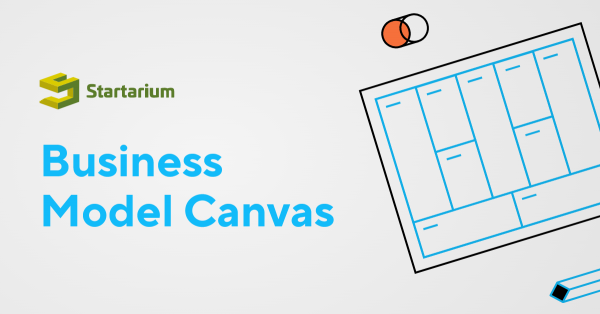NFTs may be purchased on a variety of sites, depending on what you're looking for (for example, if you're looking for baseball cards, you should go to a site like www.digitaltradingcards.com, although other markets sell more generalized items). You'll need a wallet that's particular to the site you're buying on, as well as bitcoin to put in it.

Many forms of NFT are frequently released as 'drops' due to great demand (much like in events, when batches of tickets are often released at different times). This implies that when the drop begins, there will be a frenetic rush of eager purchasers, so be sure to register and have your wallet topped up ahead of time.
Here is a list of NFTs marketplaces:
Although these and other sites are home to hundreds of NFT artists and collectors, do your homework before purchasing. Some artists have been defrauded by impersonators who have listed and sold their work without their knowledge.
Furthermore, the verification methods for creators and NFT listings vary by platform, with some being more strict than others. For NFT postings, OpenSea and Rarible, for example, do not need owner verification. Buyer safeguards appear to be limited at best, therefore it's wise to remember the ancient adage "caveat emptor" (let the buyer beware) while buying for NFTs.
Use cases and best practices
There have been several theories throughout the years concerning the blockchain uses of non-fungible tokens. The fact of NFTs, on the other hand, is that they may demonstrate proof of genuine ownership of certain assets on the blockchain. Individuals' rights to certain assets can be held, denied, or restricted by NFTs, ensuring exclusivity for the owner. As a result, NFTs have a long path ahead of them, and their applications will grow in the future.
NFTs, on the other hand, are now regarded as useful in a wide range of business blockchain use cases. Their ability to more easily verify originality and the paucity of information on internet platforms are not to be underestimated. As a result, let us take a closer look at the various non-fungible token use cases as follows:
ART
The most frequent non-fungible token use case is programmable art, which combines creativity and technology in a unique way. Various limited edition artwork pieces are now in circulation. Surprisingly, they enable programmability in order to make changes in diverse situations. The use of smart contracts and oracles can let artists create visuals that can react to price swings in blockchain-based digital assets.
As a result, through tokenization of real-world assets and various works of art, non-fungible token use cases might appeal to the area of legacy arts. People may simply scan a code on a tag affixed to artwork and register their ownership of the artwork on blockchain using the combined capabilities of blockchain and IoT. Users may then see the artwork's whole history, including prior prices paid and ownerships.
FASHION
With the promise of benefits to all supply chain partners, blockchain has been able to blend effortlessly into the world of fashion. Consumers may simply check the ownership information of their purchases and accessories online, eliminating the danger of counterfeiting. Users might simply scan a QR code found on price tags for garments and accessories in the form of an NFT.
As a result, customers may receive a clear picture of details such as the location where the content was developed. Furthermore, customers may have access to information on the people who had the item before they acquired it. The use of blockchain in the fashion industry has contributed significantly to the reduction of carbon dioxide emissions. As a consequence, they may improve staff well-being while also safeguarding customers. As a result, NFT has the potential to develop a new sort of blockchain for the fashion industry's supply chain.
COLLECTABLES
Collectables are also a significant entry among non-fungible token use cases. In fact, online collectables like Cryptokitties were one of the first places where individuals learnt about the use of NFTs. The popularity of Crypto Kitties grew in 2017 as the Ethereum network became crowded.
They're basically one-of-a-kind digital kittens that users may breed to create one-of-a-kind kittens. Each crypto kitten has unique characteristics, such as hair texture or eye colour, that make them stand out from the crowd. By just clicking on a button, users may acquire two separate cats, a Sire and a Dame, for breeding purposes.
The new kitten has its own identity as well as a Genetic Algorithm, or GA. The value of crypto cats is determined by the scarcity of genetic composition. In addition, the number of times a Sire has been used to breed other kittens has a significant impact on the value of crypto cats.
SPORTS
Some of the most serious concerns impacting the sports business are counterfeit tickets and goods. Blockchain is proving to be the ideal solution for addressing such difficulties with few obstacles. Blockchain technology's immutability aids in the prevention of counterfeit items and tickets.
The sports business can profit from NFT use cases such as tokenized sports game tickets issued on blockchain. Every ticket is the same, and they all include data that is unique to the ticket's registered owners on blockchain. Sport NFTs are also becoming popular, with several successful athletes' tokenization on the blockchain. The worth of the tokens symbolizing successful athletes is determined by their accomplishments.























